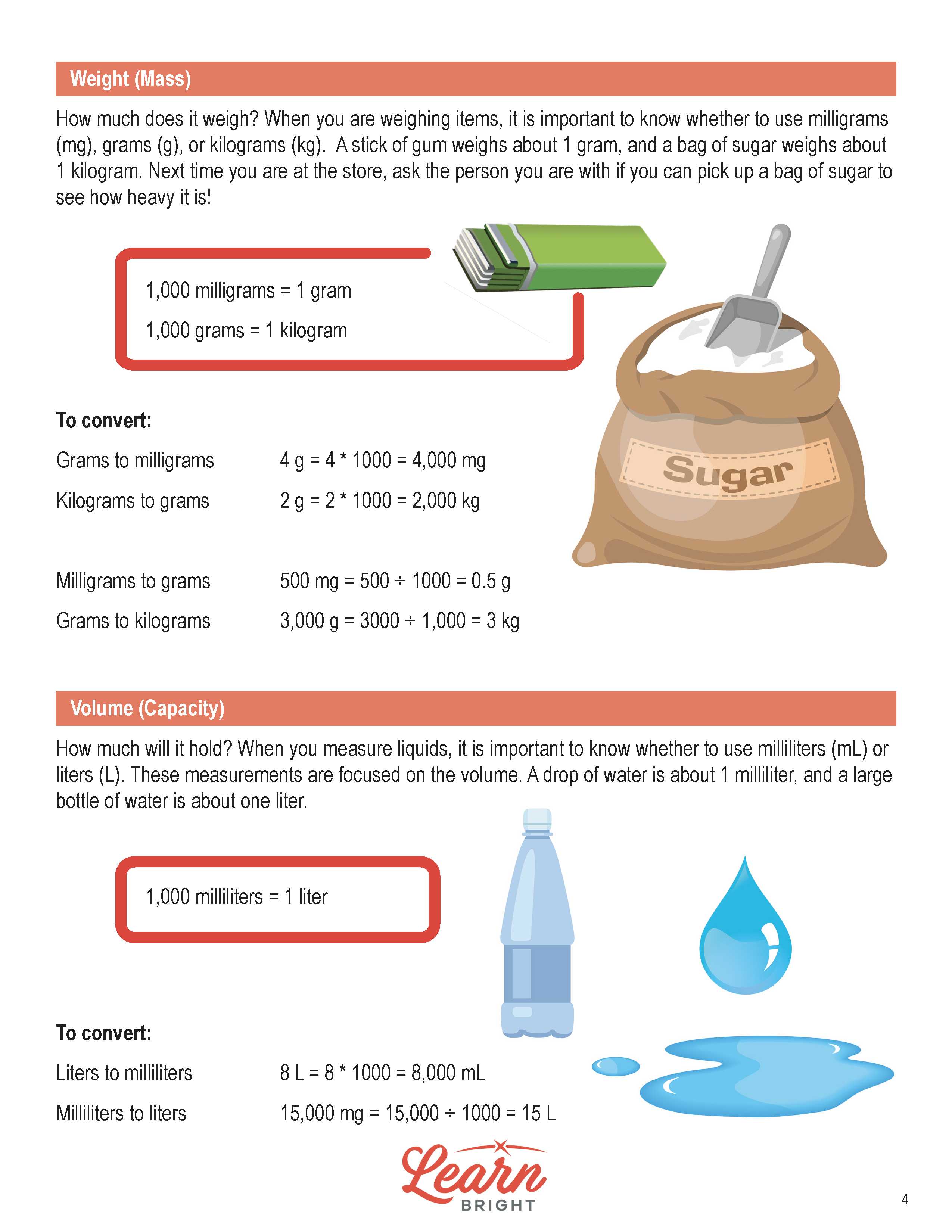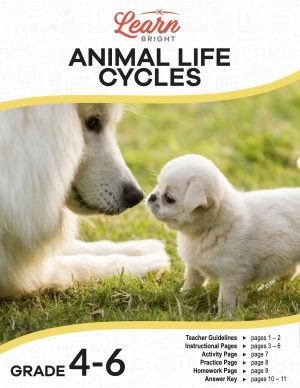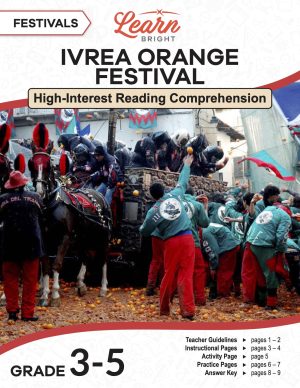Description
What our Metric Measurement lesson plan includes
Lesson Objectives and Overview: Metric Measurement teaches students how to use the metric system of measurement. Students will learn the metric measures for distance, weight, and volume. They will discover the patterns that the metric system follows. The metric system centers on factors of 10. This makes it easy to understand and easy to learn. By the end of the lesson, students will be able to convert various measure with ease. This lesson is for students in 4th grade, 5th grade, and 6th grade.
Classroom Procedure
Every lesson plan provides you with a classroom procedure page that outlines a step-by-step guide to follow. You do not have to follow the guide exactly. The guide helps you organize the lesson and details when to hand out worksheets. It also lists information in the green box that you might find useful. You will find the lesson objectives, state standards, and number of class sessions the lesson should take to complete in this area. In addition, it describes the supplies you will need as well as what and how you need to prepare beforehand.
Options for Lesson
Included with this lesson is an “Options for Lesson” section that lists a number of suggestions for activities to add to the lesson or substitutions for the ones already in the lesson. One optional addition to this lesson is to have your students measure objects inside and outside of the school using the metric system. You could also create a scavenger hunt and have your students find objects on a list to measure, such as a book, a table, or a tree. Students could also practice scaling up their measurements to fit in a giant’s house or in a home for a mouse.
Teacher Notes
The teacher notes page includes a paragraph with additional guidelines and things to think about as you begin to plan your lesson. This page also includes lines that you can use to add your own notes as you’re preparing for this lesson.
METRIC MEASUREMENT LESSON PLAN CONTENT PAGES
The Metric Measurement lesson plan includes two content pages. It provides an overview of the the units used in the metric system of measurement for distance, weight, and volume.
Distance (Length)
The metric system of measurement uses millimeters (mm), centimeters (cm), meters (m), and kilometers (km) to measure distance (or length). We would measure a seed in millimeters, a paperclip in centimeters, a car in meters, and the distance between two cities in kilometers.
1 centimeter is equal to 10 millimeters, 1 meter is equal to 100 centimeters, and 1 kilometer is equal to 1,000 meters.
To convert from centimeters to millimeters, multiply by 10; to convert from meters to centimeters, multiply by 100; and to convert from kilometers to meters, multiply by 1,000.
To convert from millimeters to centimeters, divide by 10; to convert from centimeters to meters, divide by 100; and to convert from meters to kilometers, divide by 1,000.
Weight (Mass)
The metric system of measurement uses milligrams (mg), grams (g), and kilograms (kg) to measure weight (or mass). A stick of gum weighs about 1 gram, while a bag of sugar weighs about 1 kilogram.
1,000 milligrams is equal to 1 gram. 1,000 grams is equal to 1 kilogram.
To convert from grams to milligrams or from kilograms to grams, multiply by 1,000. To convert from milligrams to grams or from grams to kilograms, divide by 1,000.
Volume (Capacity)
The metric system of measurement uses milliliters (mL) and liters (L) to measure volume (or capacity). A drop of water is about 1 milliliter, while a large bottle of water is about one liter.
1,000 milliliters is equal to 1 liter. To convert from liters to milliliters, multiply by 1,000. To convert from milliliters to liters, divide by 1,000.
METRIC MEASUREMENT LESSON PLAN WORKSHEETS
The Metric Measurement lesson plan includes three worksheets: an activity worksheet, a practice worksheet, and a homework assignment. You can refer to the guide on the classroom procedure page to determine when to hand out each worksheet.
MAKE A FOLDABLE ACTIVITY
Students will work alone for the activity portion. You will walk them through how to make a foldable. You will guide them through the instructions in the classroom procedure section. Students, however, will use the activity worksheet to cut out the three squares. They can also draw their own labels if you want to give them that option.
LENGTH, MASS, OR CAPACITY PRACTICE WORKSHEET
The practice worksheet requires students to figure out whether a measurement represents length, mass, or capacity. Students will convert the 12 problems using their foldable. They will also need to show their work.
METRIC MEASUREMENT HOMEWORK ASSIGNMENT
For the homework assignment, students will read a short prompt. They will then answer four word problems based on the prompt.
Worksheet Answer Keys
This lesson plan includes answer keys for the practice worksheet and the homework assignment. If you choose to administer the lesson pages to your students via PDF, you will need to save a new file that omits these pages. Otherwise, you can simply print out the applicable pages and keep these as reference for yourself when grading assignments.









